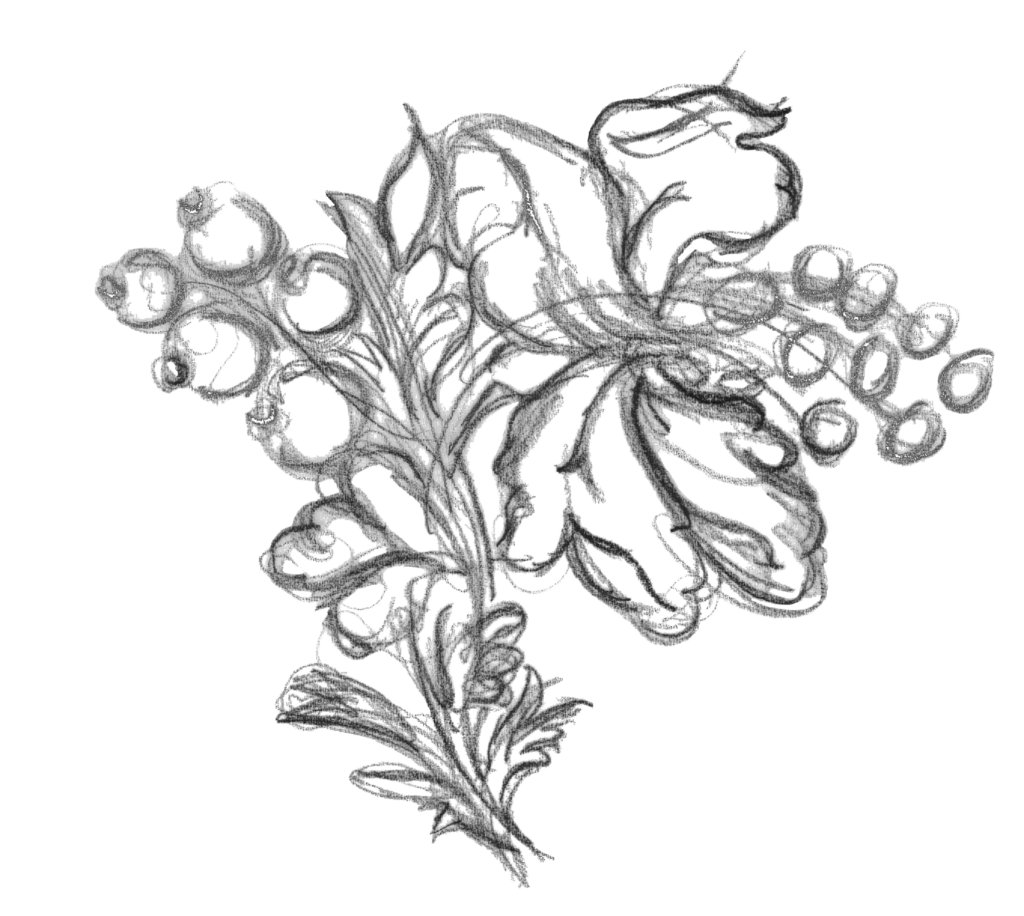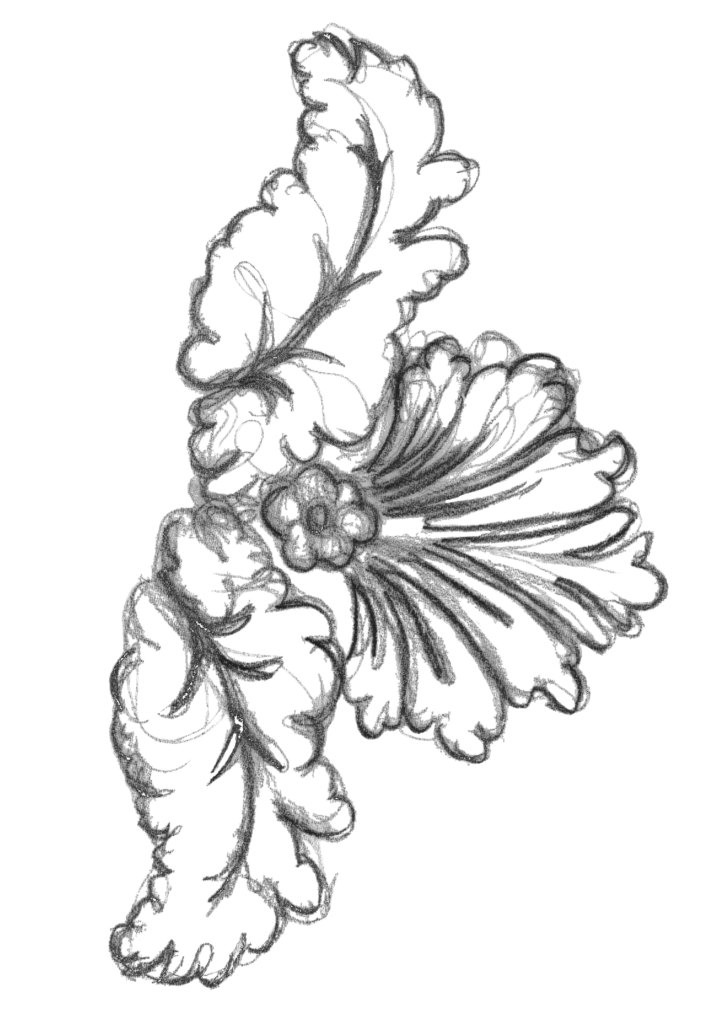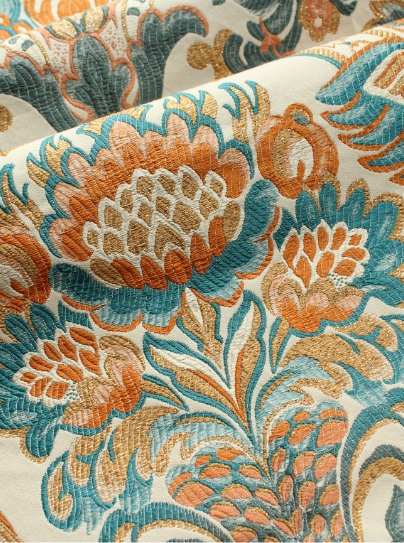The Hierarchy of Ham House.
Ham House, just like any other grand house of its time was home to many people, from servant to owner. However, not all areas were accessible to all inhabitants. For example, the Scullery Maid wouldn’t dare set foot in the upstairs of the house. Here we will explore the heirarchy within the house.
Below is an image of a model from Ham House of the different purposes and ranks of the various rooms and floors in the house. One of the most recognisable differences would have been the way in which a room was decorated with textiles, furniture, flooring, and art works and pieces.
The lower and attic rooms were used by staff only. The State Rooms and rooms of importance were on the first, second and third floors. The entrance hall, as grand as it is, did not have upholstered chairs. This is thought to be because of unknown visitors waiting in the hall in their wet, dirty riding attire, so as to not damage the luxurious furnishings. The hall chairs at Ham house, do however possess the family coat of arms to signify the importance of the house.
State rooms are large rooms within palaces or houses of importance that are used for formal or important occasions. These would have been decorated with the most luxurious textiles and art works, as ones wealth would have been judged upon these rooms.
Below are some examples of the state rooms we have provided textiles for at Ham House;
The Duke’s Closet:
Highly decorated with a black and gold silk and cotton damask and a contrasting red trim, this ‘Snug’ or private room as much loved by the Duke, was used to retire for privacy or into which his close friends or political associates were invited.
The Dukes Dressing Room:
This room is the first in sequence of the Duke’s States Apartments, rooms used for public functions. Here he would have dressed and attended to business. Like all other state rooms it is highly decorated in a rich crimson silk and cotton.
The Withdrawing Room:
This room is richly decorated with a silk and cotton crimson damask on both the walls and furnishings. The room acts as both an Ante-Chamber into the Duke’s bedroom and The Withdrawing room; a room to which the owner of the house, his wife and guest withdrew after a meal in the Marble Dining Room.
Cabinet Room/Green Closet:
An intimate place where the head of the house would go to get away and relax. Only those invited personally by the duke himself would be granted access to the room.
The artwork on the walls in the cabinet room was chosen by its occupant and would have been a lot more personal and sentimental than the larger portraits/artworks seen in The Long Gallery. Those in The Long Gallery would have been pieces or art and portraits of people associated with the house, well known figures in society – these would have often given visitors knowledge of who they were dealing with when they entered the house.
Ham House was given to the National Trust in 1948 and was administered by the Victoria and Albert Museum. All of the restoration work carried out by Humphries Weaving was during this V&A tenure, under the direction of Peter Thornton and later Frances Collard. Since returning to the full care of the National trust in 1991 some of this work has been reversed by curators including The Duchess’s Private Closet, the adjoining White Closet and the Green closet.
Read in detail about the fabrics we have woven for Ham House here.







